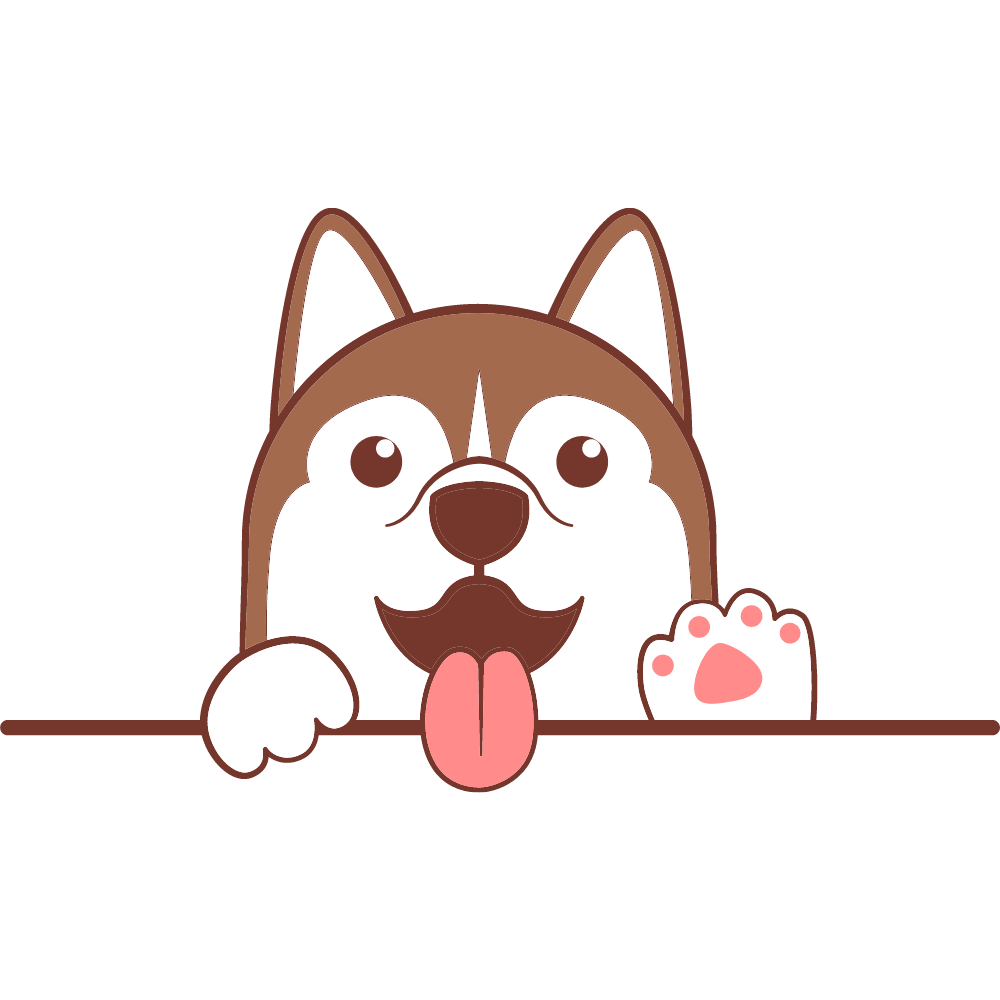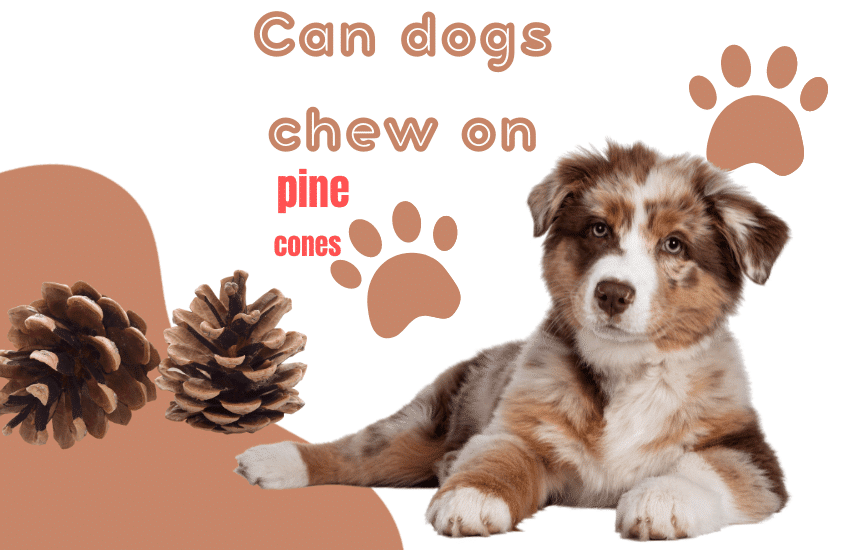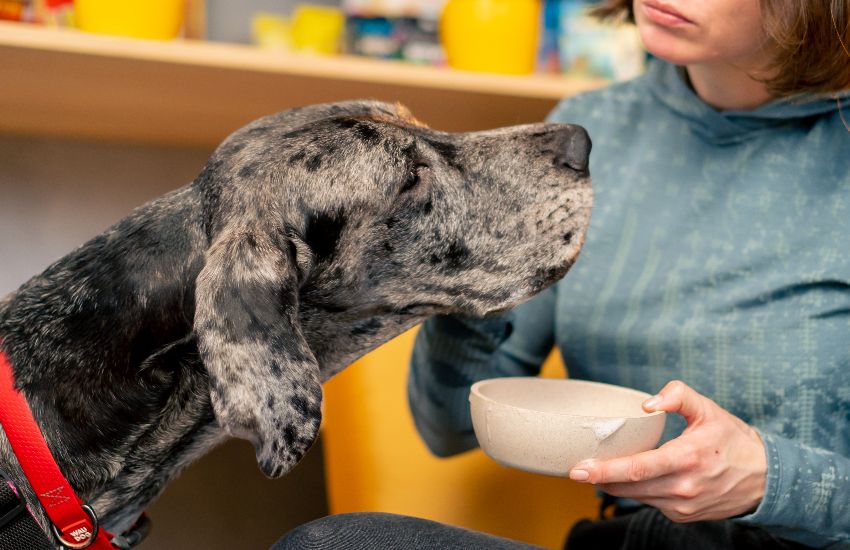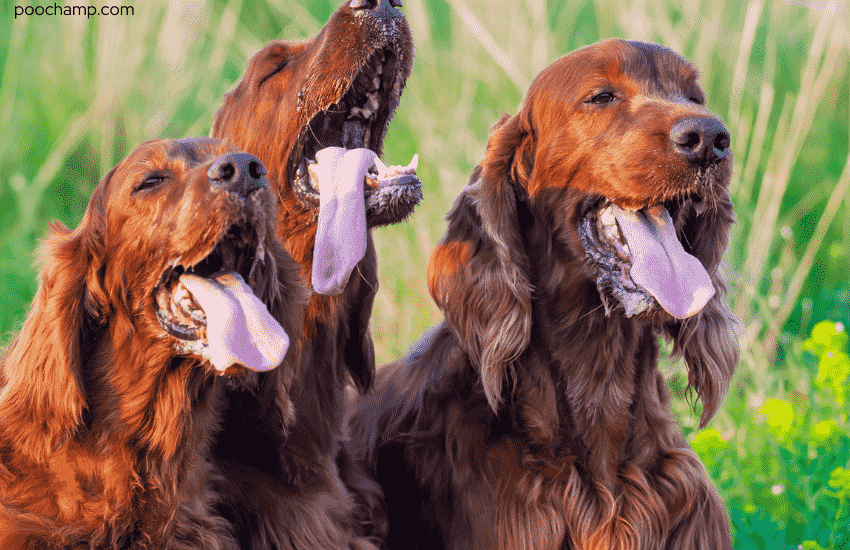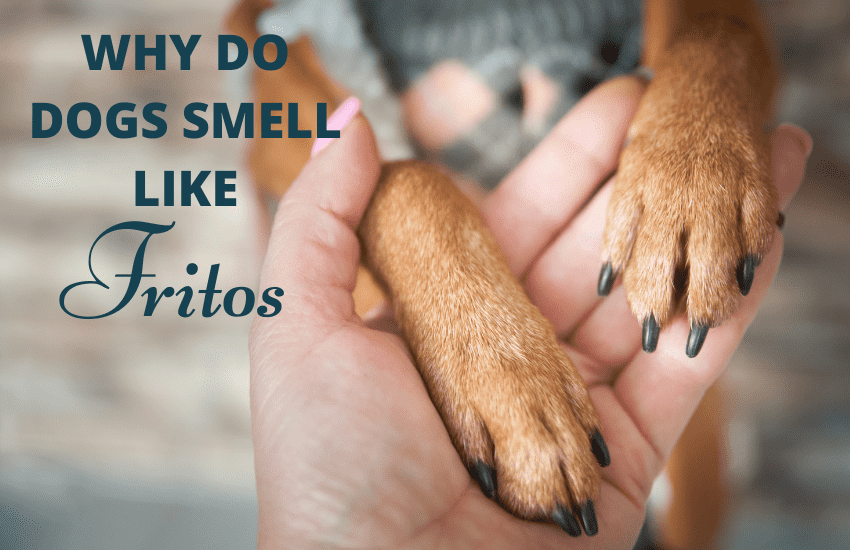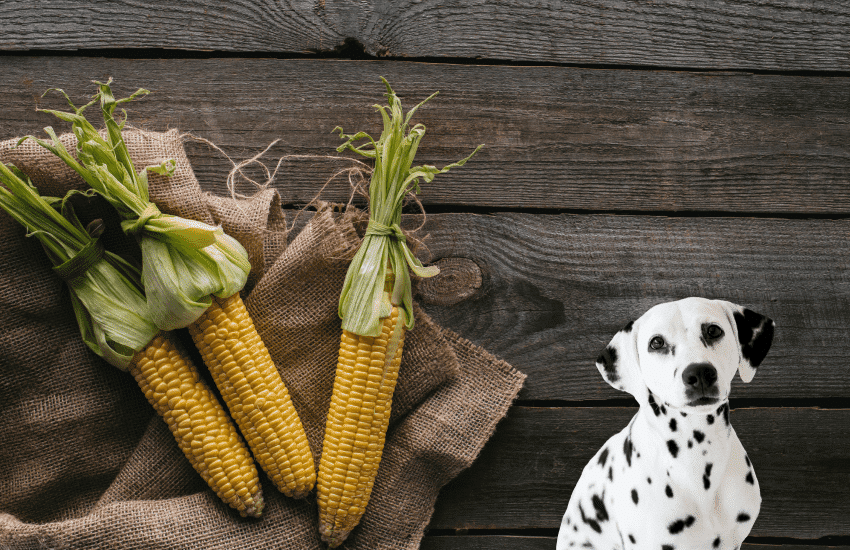Dogs should not chew on pine cones as they can cause oral injuries and intestinal blockages. Pine cones may also be coated in harmful sap or pesticides.
Allowing your dog to play with natural items might seem like a harmless and fun idea, yet it’s essential to be mindful of the potential risks involved. Pine cones, while common in many outdoor environments, are not safe for canine playtime.
The sharp edges and tough material can lead to mouth injuries, bleeding gums, or even chipped teeth. Beyond that, pieces of pine cones ingested by a curious pup can become gastrointestinal hazards, leading to obstructions that might require surgical intervention. Pet owners must also consider the possibility of pine cones carrying residual pesticides or toxic sap, which could lead to further health complications. Choosing appropriate, pet-safe toys designed for dogs will ensure your furry friend can enjoy playtime without these risks.
Can Dogs Chew On Pine Cones?
Can Dogs Chew on Pine Cones? This question may arise for pet owners who notice their furry friends playing with these natural toys. It’s common to see dogs sniffing and pawing at pine cones during walks. But, is it safe for them to chew on? Let’s explore the potential risks and what to watch for if your dog gets too cozy with a pine cone.
Potential Dangers Of Chewing Pine Cones
While pine cones aren’t typically toxic, they can pose several dangers to dogs. Are pine cones bad for dogs? Yes, mainly due to their hard, woody texture and sap residue. Here’s why:
- Sharp Edges: Pine cones can have sharp points that may harm your dog’s mouth, throat, or intestines.
- Choking Hazard: Pieces can break off and become lodged in the throat.
- Intestinal Blockage: Large pieces swallowed can block the intestines.
- Sap and Resin: The sticky substance can irritate the mouth and digestive system.
Are pine cones toxic to dogs? Not usually, but the sap can cause minor health issues. Consider these risks:
| Risk Factor | Description |
|---|---|
| Oral Injury | Sharp edges can cut gums and the roof of the mouth. |
| Gastrointestinal Distress | Indigestible materials cause vomiting or diarrhea. |
| Allergic Reactions | Sap may trigger allergies in some dogs. |
Risks Of Ingesting Pine Cones
What happens if a dog eats a pine cone? Ingestion can lead to several issues. Can dogs eat pine cones? They shouldn’t. Here’s why:
- Internal Damage: Pine cones can cause internal punctures or abrasions.
- Obstruction: They may block the passage of food and water.
- Digestive Upset: The indigestible nature can upset the stomach.
Why is my dog obsessed with pine cones? Dogs may like the texture or taste, but it’s important to steer them away from these potential hazards:
| Hazard | Consequence |
|---|---|
| Mouth Injuries | Cuts or punctures from chewing. |
| Internal Injuries | Damage to internal organs from sharp edges. |
| Blockages | Emergency surgery may be needed to remove obstructions. |
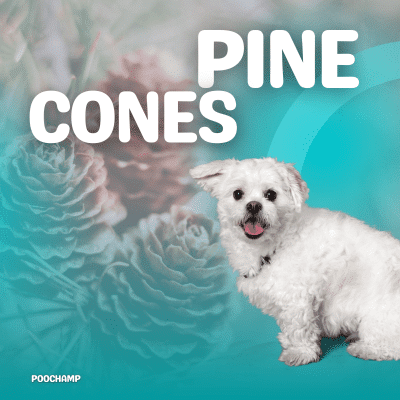
Signs And Symptoms Of Pine Cone Ingestion
If your dog has ingested pine cones, watch for these signs:
- Lethargy: Your dog may be less active than usual.
- Vomiting: An early sign of digestive distress or blockage.
- Diarrhea: The body may try to expel the foreign material.
- Loss of Appetite: Your dog might not want to eat.
- Abdominal Pain: Watch for signs of discomfort or bloating.
- Difficulty Passing Stools: A sign of intestinal blockage.
These symptoms warrant immediate attention from a vet. Early detection and treatment are crucial for preventing serious complications.
Safe Alternatives To Pine Cones For Dogs
Dogs love to chew on things, including pine cones. But pine cones can hurt their mouth. We need safe things for dogs to chew on instead of pine cones. Here are some good choices.
Dog-friendly Chew Toys
Dogs need toys that are safe and fun. Good chew toys help dogs stay happy and healthy. Here are some types:
- Rubber Toys: They are tough and can last a long time.
- Rope Toys: Good for their teeth and fun to pull.
- Interactive Toys: These toys make dogs think and keep them busy.
Choose toys based on your dog’s size and how much they chew. Here’s a table to help:
| Size of Dog | Type of Toy |
|---|---|
| Small | Soft rubber toys, small ropes |
| Medium | Medium rubber toys, medium ropes, interactive toys |
| Large | Durable rubber toys, large ropes, tough interactive toys |
Always watch your dog when they play with toys. This keeps them safe.
Natural Dental Chews For Dogs
Dental chews keep a dog’s teeth clean and their breath fresh. Here are some types:
- Vegetable-based chews: Safe and tasty for most dogs.
- Meat chews: Like bully sticks, good for chewing.
- Dental sticks: Special shape helps clean teeth.
When picking dental chews, think about your dog’s size and diet needs. Here’s what to remember:
- Give the right size chew for your dog’s mouth.
- Look for chews with natural ingredients.
- Check with your vet if your dog has special diet needs.
Chewing helps dogs feel calm and happy. It’s good for their teeth too.
Edible Chew Treats For Dogs
Edible treats are a tasty way for dogs to chew. They come in many flavors. Here are some popular ones:
- Rawhide: Made from animal skin, but pick carefully. Some are safer than others.
- Yak Chews: Hard cheese, long-lasting, and dogs love them.
- Sweet Potato Chews: Good for dogs that like veggies.
When you give your dog these treats, remember:
- Choose treats that fit your dog’s chew style.
- Watch them to make sure they don’t choke.
- Check the treats are made from safe, quality ingredients.
Treats are good for training and fun. But don’t give too many. Keep your dog healthy and happy with the right balance.
Training Your Dog To Avoid Pine Cones
Dogs love to chew on things, but not everything is good for them. Pine cones can be sharp and harmful. They can hurt your dog’s mouth or cause other health issues. It’s important to teach your dog to avoid them. Training your dog to avoid pine cones is a great way to keep them safe.
Positive Reinforcement Training Methods
Using positive reinforcement is a great way to teach your dog. This means giving them something good when they do what you want. It makes them more likely to do it again. Here’s how to use it to keep them away from pine cones:
- Start small: Show them a pine cone and say “no”. If they move away from it, give them a treat.
- Be consistent: Do this every time they go near a pine cone.
- Use different treats: Mix up the rewards to keep it exciting for them.
| Action | Reward |
|---|---|
| Avoids pine cone | Treat or praise |
| Touches pine cone | No reward |
Remember, patience is key. It might take time for your dog to learn.
Distraction Techniques
Distraction is another great tool. If your dog goes for a pine cone, distract them with something else. Here are some ideas:
- Use toys: Have a favorite toy ready to grab their attention.
- Change direction: If you’re walking and they spot a pine cone, turn the other way.
- Offer treats: Keep treats handy to lure them away from pine cones.
Creating a “safe zone” at home can help too. Remove all pine cones from this area. This lets your dog play without the risk of finding one. Over time, they will learn that pine cones are not toys.
Teaching The ‘leave It’ Command
The ‘Leave It’ command is very useful. It tells your dog to ignore something. Here’s how to teach it:
- Say “Leave it” and show them a treat in your hand.
- Close your hand around the treat. Wait for them to stop trying to get it.
- Once they stop, say “Good” and give them the treat from your other hand.
- Repeat this, but place the treat on the ground and cover it with your hand.
- When they obey the “Leave it” command with the treat on the ground, reward them.
This command can be used for anything you want your dog to avoid, including pine cones. Practice makes perfect. Keep working on it, and soon your dog will know to leave pine cones alone.
Preventing Access To Pine Cones
Dogs often chew on things they shouldn’t. Pine cones can be harmful. It’s crucial to prevent access to these. Let’s explore ways to keep your furry friends safe and pine cone-free.
Clearing Pine Cones From Your Yard
Removing pine cones from your yard is the first step. Regular checks ensure none are missed. Here’s a simple guide:
- Walk around your yard daily. Look for pine cones and collect them.
- Use a rake or leaf blower. These tools make it easier to gather pine cones.
- Dispose of them properly. Put them in a bag and throw them away.
Tip: After storms, check again. Wind can bring more pine cones into your yard.
Supervising Your Dog Outdoors
Always watch your dog when they are outside. This prevents them from chewing on harmful things. Here’s what you can do:
- Stay close to your dog. This lets you stop them if they try to chew pine cones.
- Teach them commands like “leave it.” This helps keep them away from pine cones.
- Play with them. This keeps their mind off chewing unnecessary things.
Remember: Your attention can prevent many accidents.
Creating A Safe Outdoor Space For Your Dog
A safe space outside is key for a dog’s happiness. Here’s how to make one:
- Use a fence. It keeps your dog in and pine cones out.
- Check for holes. Dogs might try to escape or find hidden pine cones.
- Fill the area with safe toys. This keeps them busy and away from pine cones.
Extra tip: Plant dog-friendly plants. They make the space nicer and safer for your dog.
What To Do If Your Dog Chews On A Pine Cone
Dogs often chew on things they find, including pine cones. But is it safe? If your dog chews on a pine cone, you should know what steps to take. Quick action can prevent problems.
Monitoring Your Dog’s Behavior
After your dog chews on a pine cone, watch them closely. Look for any changes in behavior or signs of discomfort. These could indicate a problem. Keep a close eye on their eating and bathroom habits too. Changes here might show something is wrong.
- Is your dog less active? This could be a sign of discomfort.
- Are they eating less? They might have a stomach issue.
- Do you notice any coughing or choking? Parts of the pine cone might be stuck.
Make a table of symptoms and actions. This helps track your dog’s health.
| Symptom | Action |
|---|---|
| Less Active | Monitor closely, encourage rest |
| Eating Less | Offer favorite foods, watch for improvement |
| Coughing/Choking | Check mouth, consult vet if persists |
Checking For Signs Of Ingestion
If your dog has chewed on a pine cone, check for signs they might have swallowed pieces. Signs include vomiting, diarrhea, or drooling. These symptoms mean your dog might have eaten part of the pine cone.
- Vomiting: Watch for anything unusual in their vomit.
- Diarrhea: Check for any pine cone pieces.
- Drooling: Excessive drooling can indicate nausea.
Act quickly if you see these signs. Remove any remaining pine cones from reach. Give them water and keep them calm. Contact your vet if symptoms continue.
Consulting With A Veterinarian
When in doubt, call your vet. It’s always better to be safe. Describe what happened and the symptoms you’ve observed. Your vet can give specific advice on what to do next. They might ask you to bring your dog in for a check-up.
- Prepare: Have details ready about what your dog did and any symptoms.
- Follow Vet Advice: They might suggest home care or a visit.
- Keep Calm: Your calmness helps your dog stay calm too.
Remember, your vet is your partner in keeping your dog healthy. Whether it’s a phone call or a visit, they can help make sure your dog stays safe after chewing on a pine cone.
Other Potential Hazards For Dogs
While dogs may find pine cones fun to chew on, they can pose serious risks. Besides the sharp edges that might harm a dog’s mouth, other dangers lurk in and around the home. Owners must stay vigilant to keep their furry friends safe from these hazards.
Toxic Plants
Dogs often explore the world with their noses and mouths. This curiosity can lead them to chew on plants that are harmful to their health. Some plants contain toxins that can cause a range of symptoms from mild irritation to severe organ damage or even death. It’s crucial to know which plants are safe and which ones are not. Here’s a list of common toxic plants to watch out for:
- Oleander – Affects the heart, can be fatal
- Sago Palm – Damages the liver, can be fatal
- Lilies – Can cause kidney failure, especially in cats
- Rhododendron – May disrupt the nervous system
Keep these plants out of reach or consider removing them from your home entirely. If you suspect your dog has ingested a toxic plant, contact your vet immediately.
Small Objects And Choking Hazards
Dogs are playful by nature, but their playtime can turn dangerous if small objects are involved. Items like coins, small toys, or even certain dog treats can get lodged in a dog’s throat. Signs of choking include difficulty breathing, excessive pawing at the mouth, or a blue tinge to the tongue. To prevent such accidents, follow these tips:
- Store small objects out of reach
- Choose toys appropriate to your dog’s size
- Supervise playtime, especially with new toys
Regularly inspect your dog’s toys for signs of wear and tear. Replace them before they break into smaller, more dangerous pieces.
Chemicals And Household Substances
Everyday substances in your home can be toxic to dogs. Cleaning products, medications, and even certain foods can pose risks. Keep these items locked away or on high shelves. Here’s a list of common household items to secure:
- Cleaning agents (bleach, detergents, etc.)
- Human medications (painkillers, antidepressants, etc.)
- Foods (chocolate, grapes, xylitol-sweetened items)
- Antifreeze and other automotive products
If your dog ingests any of these, seek veterinary help immediately. Be sure to have the product container or a sample of the substance to show the vet.
Frequently Asked Questions
Is It Safe For Dogs To Chew Pine Cones?
Chewing pine cones can be risky for dogs as they may cause intestinal blockages or mouth injuries. Always supervise your pet with natural items.
Is Pine Safe For Dogs To Chew?
Pine is not safe for dogs to chew. It can cause oral injuries and digestive issues. Always choose dog-specific chew toys instead.
Are Pine Cones Edible For Animals?
Yes, pine cones are edible for some animals, such as squirrels and woodpeckers. These creatures often feed on the seeds found within the cones.
Is Pine Cone Sap Poisonous To Dogs?
Pine cone sap is not generally considered toxic to dogs, but it can cause gastrointestinal upset if ingested in large quantities. Always monitor your dog to prevent excessive consumption.
Conclusion
Wrapping up our discussion on dogs and pine cones, safety comes first. Pine cones aren’t ideal chew toys; they pose risks like intestinal blockage and oral injuries. Stick to vet-approved alternatives for your pup’s playtime. Always prioritize your furry friend’s health for a happy, hazard-free environment.
Keep those tails wagging safely!

